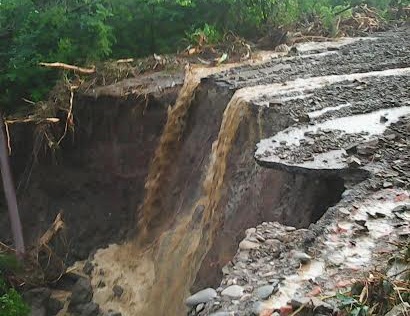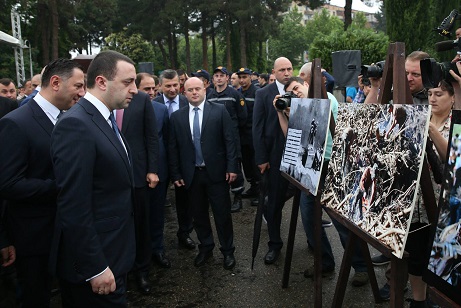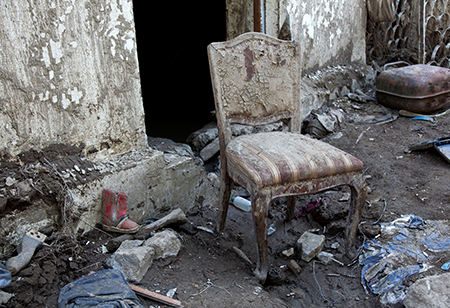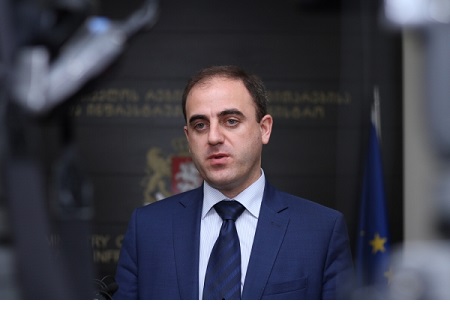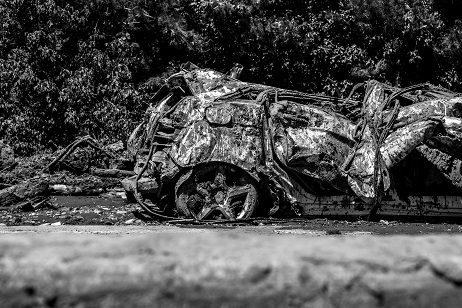One month on from deadly Tbilisi flood
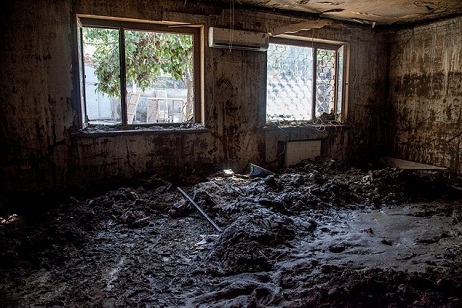
It's been one month since Georgia’s capital Tbilisi was hit by a deadly flash flood which turned out to be the city’s worst human and infrastructural disaster in years.
See the city centre before and after the disaster.
Twenty-two people lost their lives in the flood on the evening of June 13, 2015.
The bodies of three of these victims have still not been found. It’s extremely heartbreaking to see the families of these victims stand alongside rescuers, searching for the bodies of their loved ones. Mud and debris still blankets much of the disaster zone and it will take many months to return the city to its former glory.
On the night of the disaster dozens of animals escaped from their enclosures at Tbilisi Zoo. Many did not survive.
Several days after the flood a local man was killed in Tbilisi after he was attacked by a tiger that had earlier escaped. His death brought the total death toll to 23.
It’s regarded as a miracle that many more did not perish in the natural disaster but there were hundreds of victims.
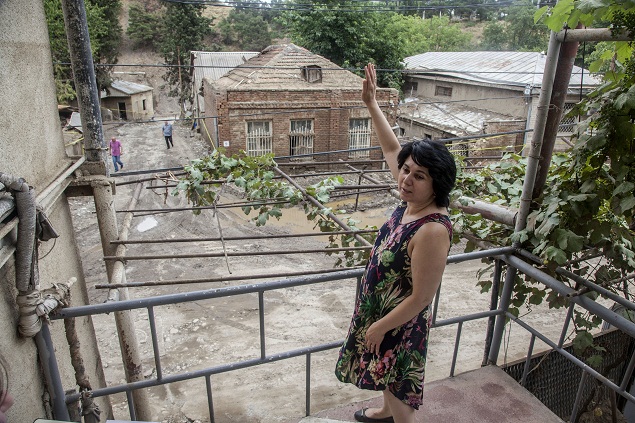
When Khatuna Zumbulidze, a Svanidze St resident, looked from her balcony on the night of June 13, she saw a car swinging on the top of this red brick house right in front of her. Photo by Nino Alavidze/Agenda.ge.
Those who lived in the heart of the natural disaster lost their homes. About 400 people from up to 80 families lost everything they owned. These people were temporarily rehoused in hotels and rented flats.
Tbilisi Zoo was one of the areas that were hardest hit by the flash flood; about 300 animals that lived in the lower portion of the Zoo lost their lives and much of the facility was completely destroyed.
Tbilisi Zoo releases list of flood survivors; all tigers and monkeys perished
Additionally, a private dog shelter on Svanidze St – the street with the highest death toll – lost 170 dogs and 10 bears that night.
On a wider scale, an initial evaluation noted flood damage on Tbilisi infrastructure exceeded 100 million GEL. Roads linking Tbilisi and several nearby villages and summer settlements remain blocked. Environment specialists recommended Tbilisi no to restore the destroyed roads but to build new ones in different locations as several areas remained at risk of future natural disasters.
Blog: "My 24 hours in the heart of disaster"
It is understood the disaster originated in the hills above Tbilisi. Following hours of heavy rainfall on the night of June 13-14, a large landslide formed about 20km south-west of Tbilisi near Akhaldaba village. The slip carried one million cubic metres of land, trees, rock and mud down the Vere River valley and towards Tbilisi.
The debris first hit Tamarashvili St in Tbilisi, which was essentially an earthen dam across the valley with a 10m-wide channel for the Vere River to pass through.
The bottom floor, and in some locations the second floor, of residential houses located in the valley or on nearby streets were overcome with water and mud. At Svanidze St, locals said a wave of muddy water reached 13 metres. Watermarks can still be seen on some affected properties.

Watermarks can be seen just above the bottom floor windows of this Svanidze St house. Photo by Nino Alavidze/Agenda.ge.
The aftermath of the disaster saw local and foreign citizens rally together to help survivors clean their homes and rebuild the city.
Today, some believe June 13 will remain known in Tbilisi’s history as the city’s worst disaster but also a symbol of the greatest solidarity.
Tbilisi faces a long recovery but with dedication, strong community spirit and global support, the city will overcome the challenge.
 Tweet
Tweet  Share
Share



